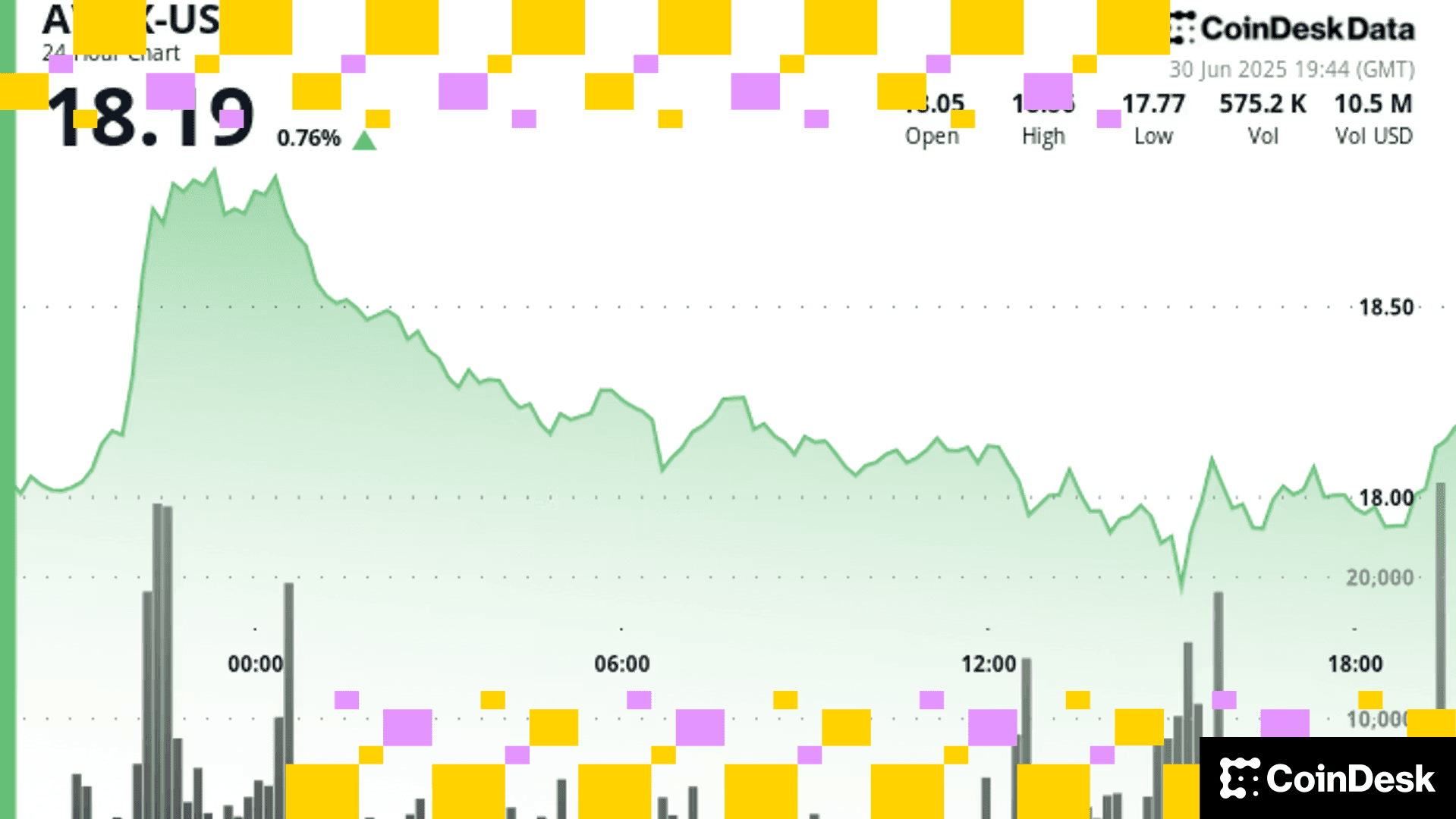Stablecoins Need to Set a Common Standard, Says US Banking Watchdog
The acting OCC chief says stablecoins aren’t ”interoperable” and that should change.

The companies issuing stablecoins should work out one technical standard, similar to the common web practice created in the early days of the internet, said Michael Hsu, acting chief of the Office of the Comptroller of the Currency (OCC).
“To ensure that stablecoins are open and inclusive, I believe a standard-setting initiative similar to that undertaken by [the Internet Engineering Task Force] and [World Wide Web Consortium] needs to be established, with representatives, not just from crypto/Web 3 firms but also including academics and government,” Hsu said Wednesday at the “Artificial Intelligence and the Economy: Charting a Path for Responsible and Inclusive AI” symposium in Washington, D.C.
He said the OCC is willing to work with other government offices such as the National Institute of Standards and Technology on such an effort, arguing that “stablecoins lack shared standards and are not interoperable.”
The OCC and other U.S. financial agencies have already been engaged in determining an approach to overseeing stablecoins after they agreed in the President’s Working Group on Financial Markets that stablecoin token issuers ought to be treated like regulated banks. The head of the OCC is also a member of the Financial Stability Oversight Council, which has been studying whether to treat stablecoins as a potential risk to the wider U.S. financial system.
UPDATE (April 27 15:40 UTC) – Adds the remarks were made at a symposium.
More For You
Exchange Review - March 2025

CoinDesk Data's monthly Exchange Review captures the key developments within the cryptocurrency exchange market. The report includes analyses that relate to exchange volumes, crypto derivatives trading, market segmentation by fees, fiat trading, and more.
What to know:
Trading activity softened in March as market uncertainty grew amid escalating tariff tensions between the U.S. and global trading partners. Centralized exchanges recorded their lowest combined trading volume since October, declining 6.24% to $6.79tn. This marked the third consecutive monthly decline across both market segments, with spot trading volume falling 14.1% to $1.98tn and derivatives trading slipping 2.56% to $4.81tn.
- Trading Volumes Decline for Third Consecutive Month: Combined spot and derivatives trading volume on centralized exchanges fell by 6.24% to $6.79tn in March 2025, reaching the lowest level since October. Both spot and derivatives markets recorded their third consecutive monthly decline, falling 14.1% and 2.56% to $1.98tn and $4.81tn respectively.
- Institutional Crypto Trading Volume on CME Falls 23.5%: In March, total derivatives trading volume on the CME exchange fell by 23.5% to $175bn, the lowest monthly volume since October 2024. CME's market share among derivatives exchanges dropped from 4.63% to 3.64%, suggesting declining institutional interest amid current macroeconomic conditions.
- Bybit Spot Market Share Slides in March: Spot trading volume on Bybit fell by 52.1% to $81.1bn in March, coinciding with decreased trading activity following the hack of the exchange's cold wallets in February. Bybit's spot market share dropped from 7.35% to 4.10%, its lowest since July 2023.
More For You











